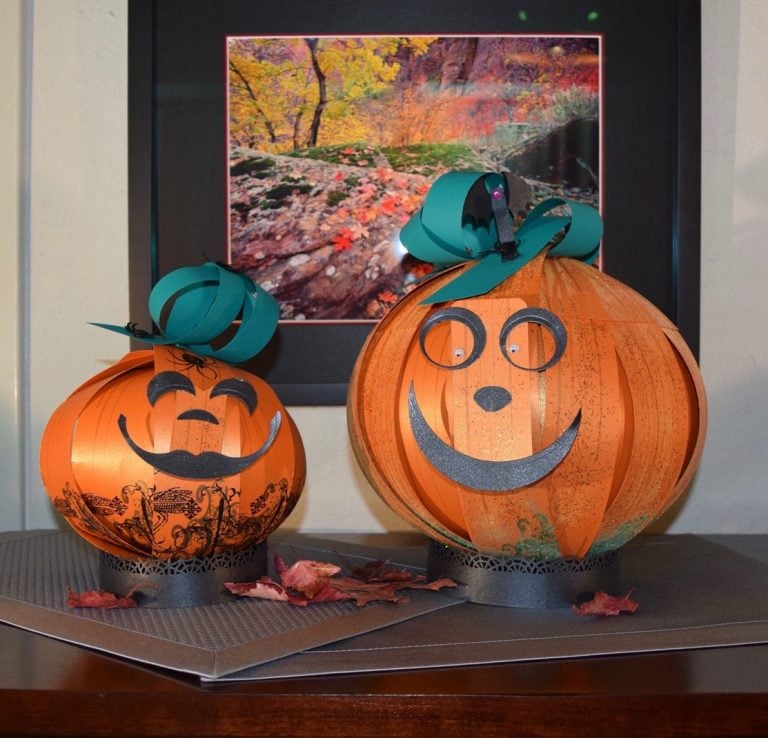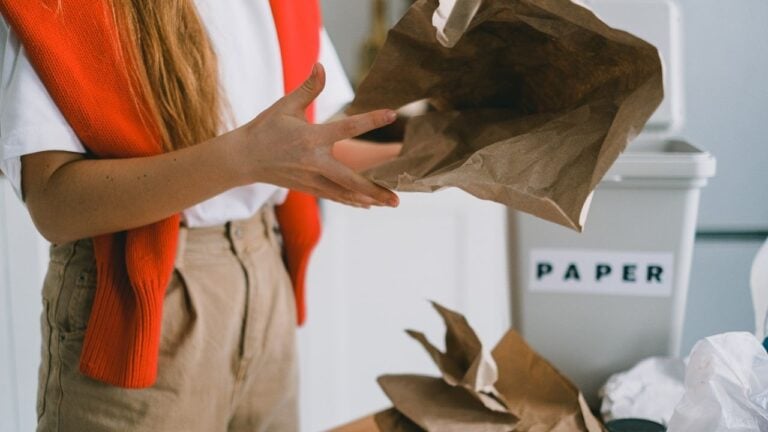Preserving Paper Documents

We have accumulated many documents in our long history of using paper as a writing medium. Documents like books, newspapers, letters, birth certificates, agreements, photographs, and much more contain valuable information about our history and civilization but are also built on one of the most fragile materials we have. That is why proper paper-preserving techniques are crucial if we want to pass these documents to future generations.
What Causes Paper to Deteriorate
Before we describe the best way to preserving paper, we should look into how paper can deteriorate and lose its quality over time. The first way paper can deteriorate is an inherent vice, meaning problems with how the material itself was created.
The mechanization of papermaking in the 1840s and the introduction of ground wood pulp instead of rug pulp made paper cheaper and more accessible. However, it also resulted in a paper that ages poorly and becomes brittle easily.
Most paper from the mid-19th century until today is in danger of becoming brittle. Environmental conditions can play a strong role in paper preservation. Poor conditions can accelerate deterioration and cause the yellowing of the paper and the fading of the ink.
The environment can also cause mold growth and an influx of airborne contaminants, including soot, grime, and chemicals. Finally, how paper is used, including how it is stored and handled, can also cause deterioration.
This would include folding paper, tear, creases, staples, and paperclips. Acid migration, or the transfer of acid substances between two surfaces in contact with each other, can occur from adjacent materials.
Poor storage can also result in damage from pests, some of which feed on paper, while others like to use paper as a material to make nests. While we greatly understand what inherent vice does to paper, there are a few ways we have to combat this phenomenon.
That is not to say that there are no chemical solutions trained conservators can try, but these are all very complicated and often very expensive. We should also notice that no treatment can restore flexibility to brittle paper; it can only slow down further deterioration.
How To Preserve Paper and Archive Important Documents
Out of all the ways we have to preserve paper, copying or scanning another hard copy is one of the easiest ways, and we have practiced this since the invention of different scanning technologies. However, while this may create a higher-quality copy of the same document, the same problems will eventually arise for the new document we created.
We will have two papers instead of one that will need preservation in a short time. With the invention of digital technologies and the process of digitizing our documents, we have largely solved the problem of physical scans while at the same time making these documents more accessible, easier to search, and also preserving them indefinitely.
But while this allows us to ensure these records are not lost to history, it still does not solve our problem of protecting the physical copy of valuable historical documents.
Where you store your documents will have the most significant impact on their long-term preservation. Paper collections should be stored at a constant 21° Celsius (70° Fahrenheit) and below 50% humidity, but attending these needs special storage facilities and will be hard to do in a home environment.
For preserving your family documents at home, keep them in a space with good airflow, and it is always a good practice to keep them out of the attic or basement.
Another thing we should keep in mind when preserving documents is to keep them away from light. Light accelerates the deterioration and can cause darkening or yellowing of the paper. Most importantly, light damage accumulates over time and is irreversible.
If you have to display your paper documents, it is always a good idea to display a high-quality reproduction. If you must display the original document, consider glass that blocks UV rays, conservation quality matting, and choosing a display spot out of direct sunlight. Dusting and regular maintenance of your storage area will help avoid a buildup of pollutants.
On top of this, several other solutions slow down paper deterioration, including storage and handling. You will need to use archival-quality material to house your personal family documents. Keep in mind that archival quality, while a widely used term, has no regulations behind it, so it is imperative to research and find the most effective solution for your specific needs.
Make sure any material you use to house your documents is acid-free, has a neutral PH level, or is buffered with a slight alkaline reserve. Ideally, they should also be free of lignin. This is because as lignin deteriorates over time, it produces acids that turn the paper yellow and brown.
If you would like to see your paper documents while they are archived, a polyester sleeve will be your best choice. In this case, ensure the polyester is inert, contains no plasticizers, and has no coating.
Keep in mind that polyester has a static charge which, while it helps the sleeves stay well together, it is bad for flaking media, so polyester should not be used for graphite, pastels, chalk, or any other friable media, meaning any media which is crumbly, fragile or easily brushes away when touched.
Make sure you never use tape because it can cause irreversible damage in as little as six months. You should also avoid using staples and paperclips that will rust on documents while at the same time checking and monitoring your documents regularly for insect activities and mold growth.
Another way to extend the life of your valuable documents is to handle them properly. You should always wash your hands before touching old documents, and you should make sure to treat paper gently. Avoid stacking objects on top of your documents.
In conclusion, as we see above, there is no straightforward way to preserve paper, and you have to judge your needs on a case-by-case basis. But with care and effort, you should be able to preserve the life of your important documents and keep their often unique content alive!








